News
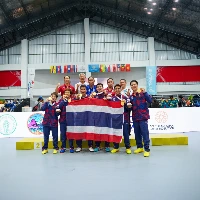 12.14.2025
12.14.2025Teqball Showcases Strong Continuing Growth at the...
READ MOREchevron_right 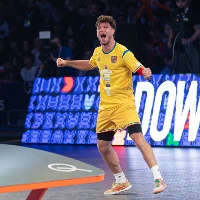 12.08.2025
12.08.2025WTCH25 – Thailand, Romania and Serbia are world...
READ MOREchevron_right  12.06.2025
12.06.2025WTCH25 – The program of the final day is ready,...
READ MOREchevron_right 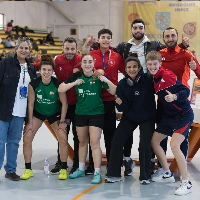 12.05.2025
12.05.2025WTCH25 – Lebanon & Japan joined the all-time...
READ MOREchevron_right 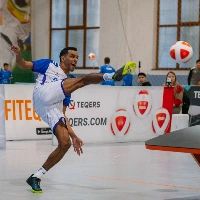 12.04.2025
12.04.2025WTCH25 – Contenders advanced undoubtedly
READ MOREchevron_right 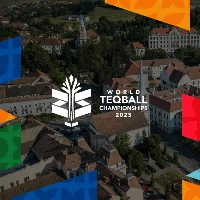 12.02.2025
12.02.2025The World Teqball Championships 2025 is about to...
READ MOREchevron_right 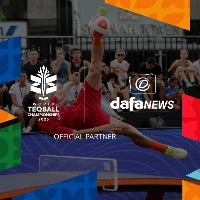 12.01.2025
12.01.2025Dafanews Returns as Official Partner of the World...
READ MOREchevron_right 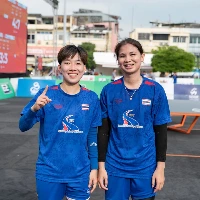 11.05.2025
11.05.2025WR – Doubles Highlights Shape November Update
READ MOREchevron_right  10.29.2025
10.29.2025AYG – Teqball’s Next Generation Shines in Bahrain
READ MOREchevron_right  10.20.2025
10.20.2025Beach Teqball returns in Wanning
READ MOREchevron_right 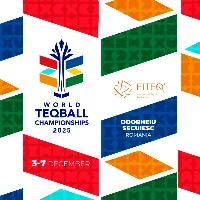 10.20.2025
10.20.2025Odorheiu Secuiesc to Host World Teqball...
READ MOREchevron_right 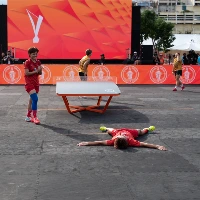 10.20.2025
10.20.2025Teqball Tour – Bangkok Brings World-Class Action...
READ MOREchevron_right 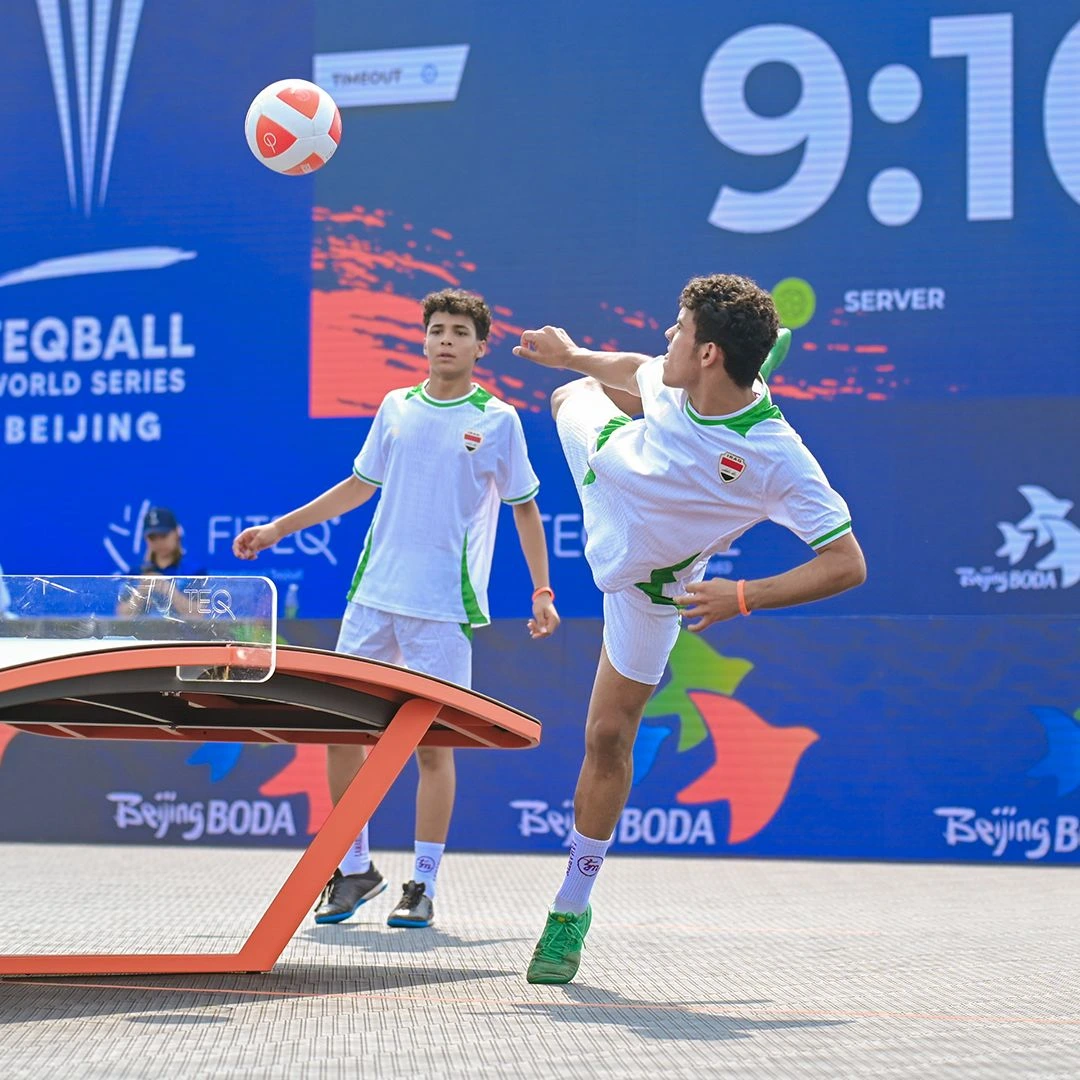 10.15.2025
10.15.2025WR - Tumultuous October triggers major shifts...
READ MOREchevron_right  09.20.2025
09.20.2025ATL – Rivalry Renewed, Serbia Prevails
READ MOREchevron_right 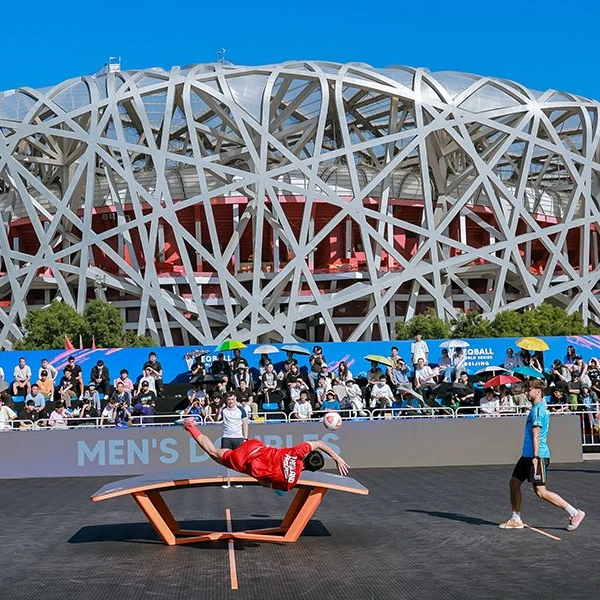 09.17.2025
09.17.2025TWS – Thrillers, Breakthroughs, and a Showpiece...
READ MOREchevron_right 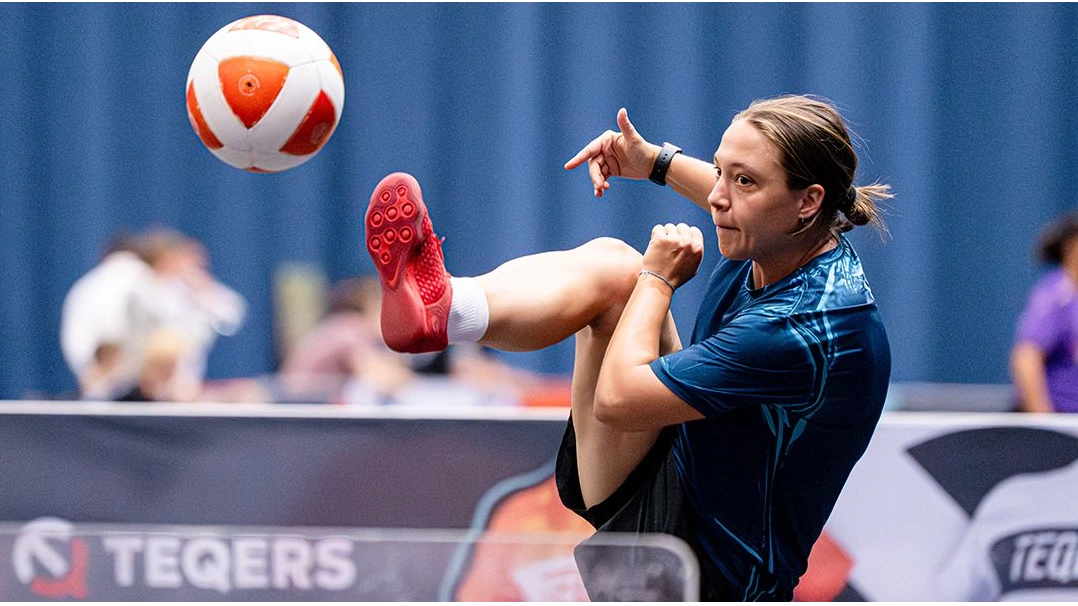 09.05.2025
09.05.2025WR – Acs reclaims mixed doubles throne in...
READ MOREchevron_right 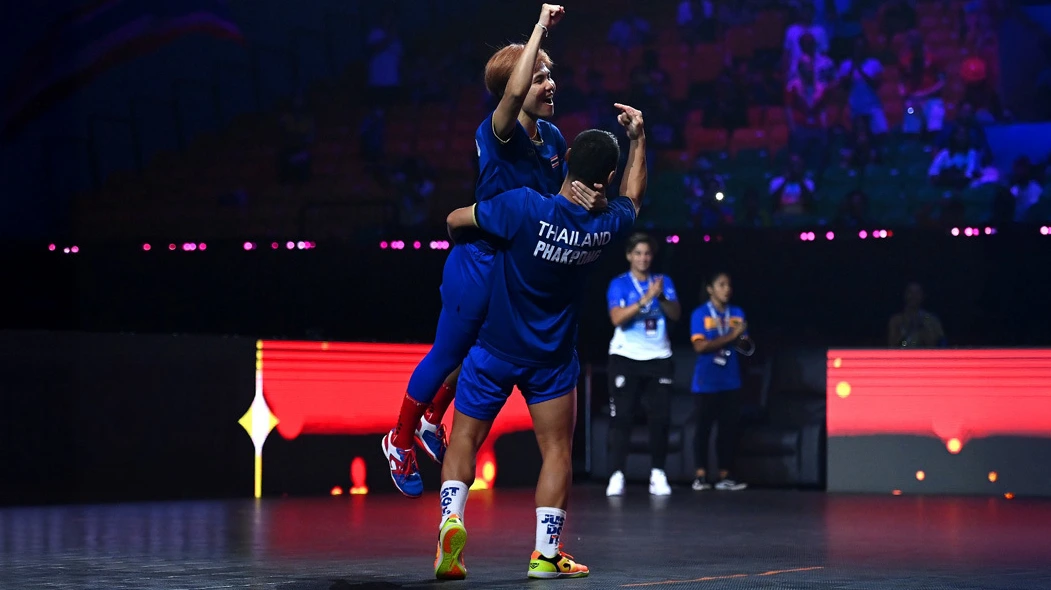 08.29.2025
08.29.2025Bangkok Welcomes the World: Teqball Tour Returns...
READ MOREchevron_right 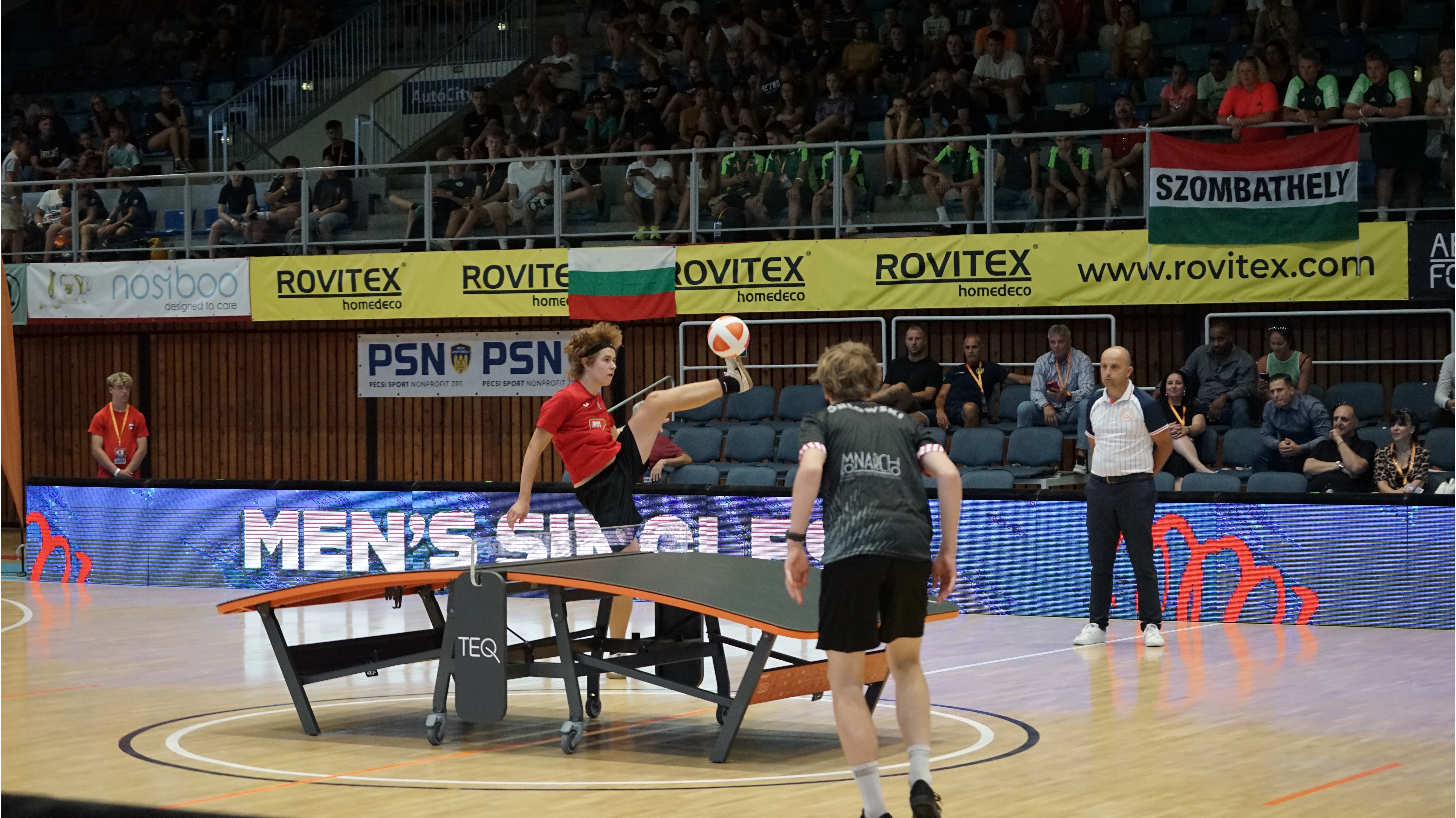 08.19.2025
08.19.2025EYTC - Hungary finished on the top of the...
READ MOREchevron_right 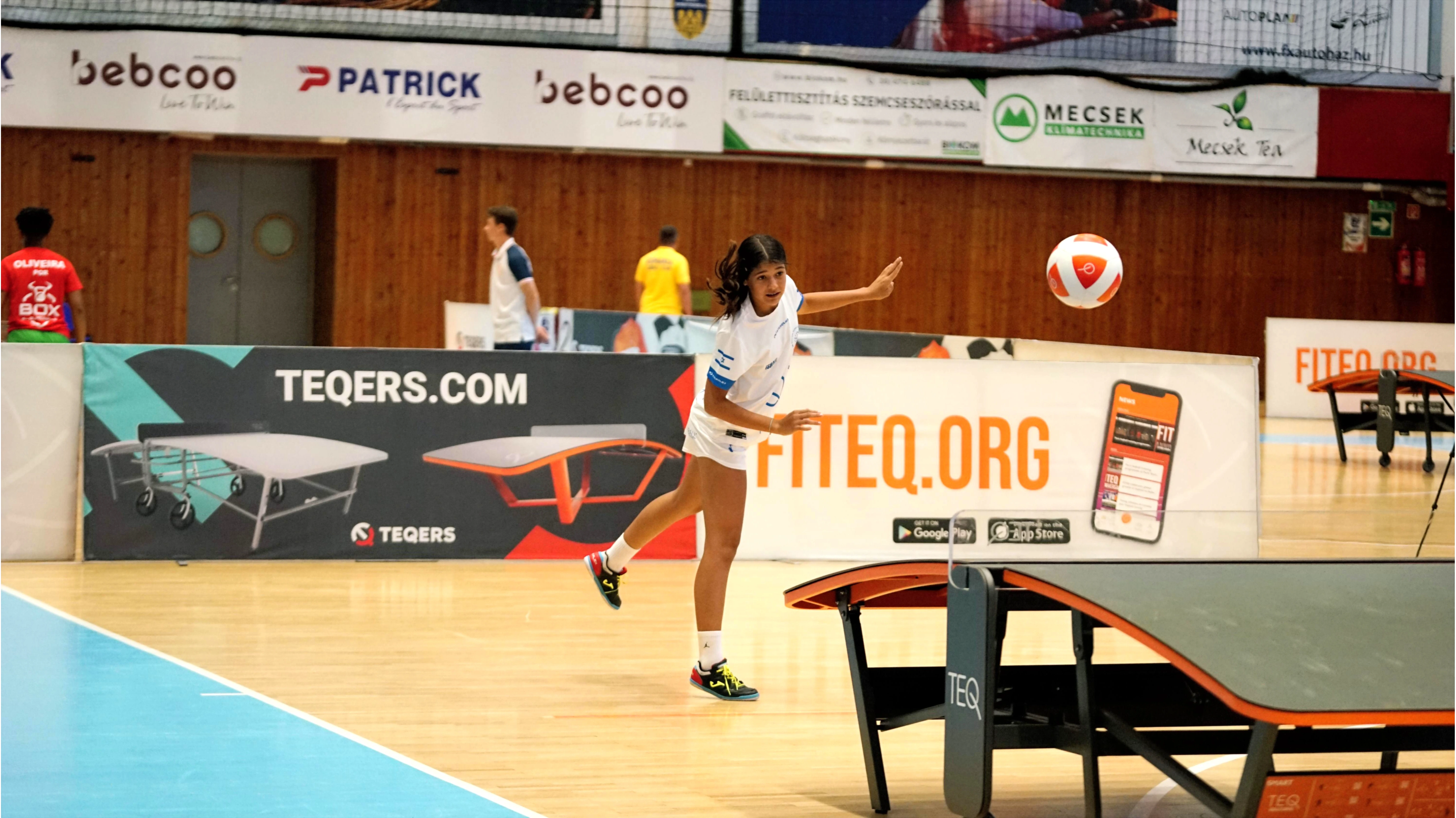 08.18.2025
08.18.2025EYTC - Israel shocked everyone on the first day
READ MOREchevron_right 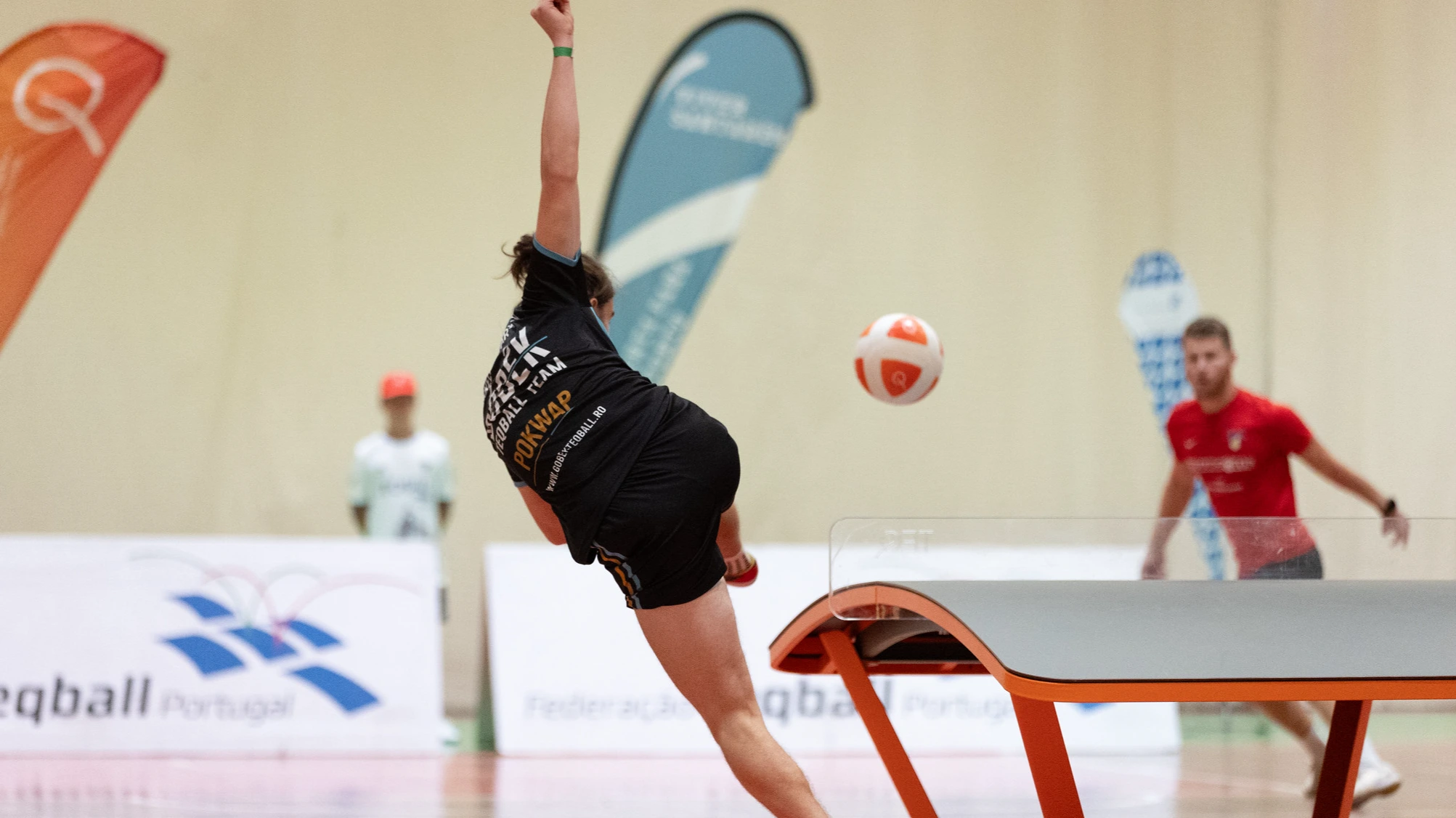 08.18.2025
08.18.2025CTL - The tournament returns home
READ MOREchevron_right 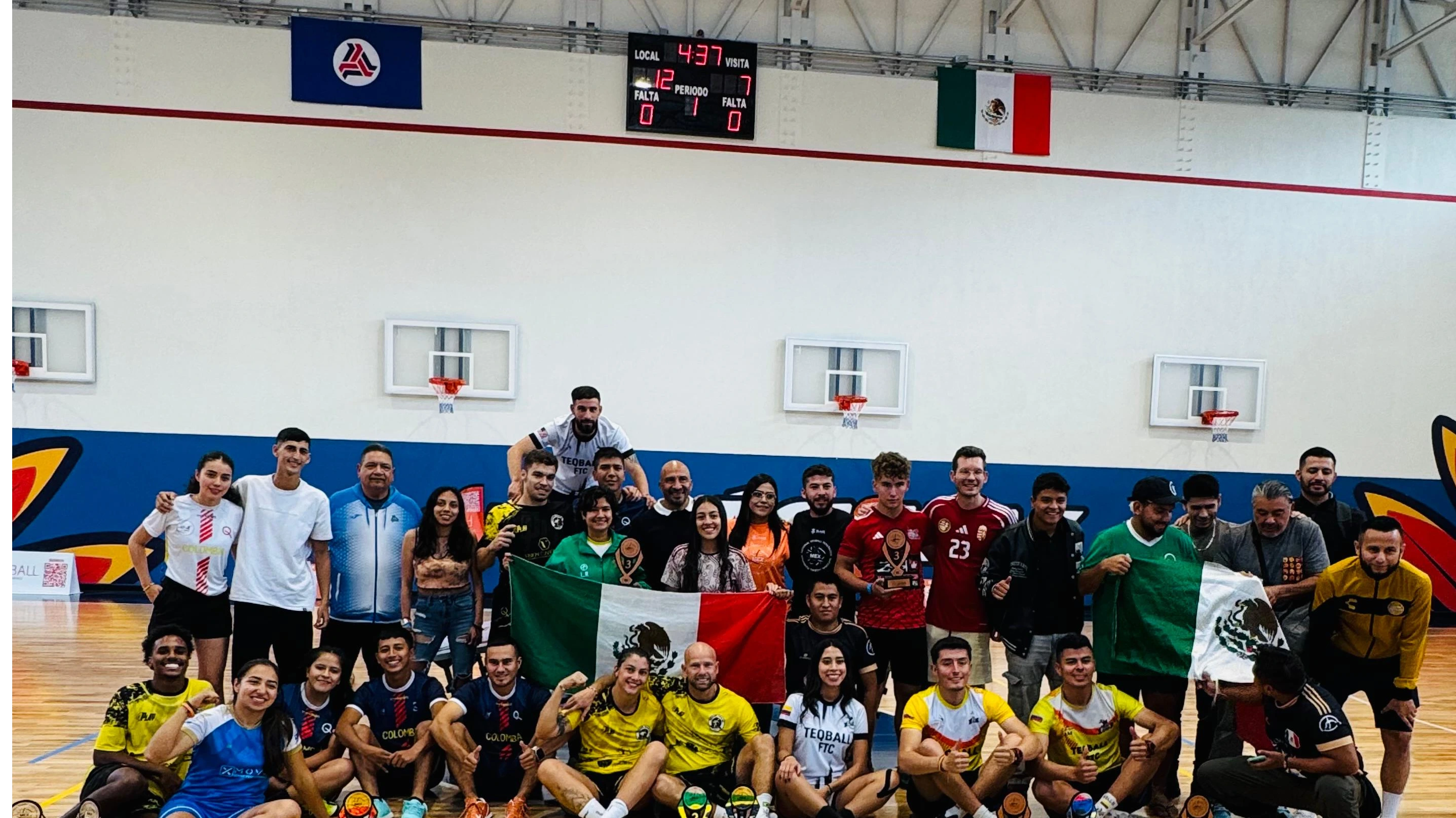 08.18.2025
08.18.2025Brazil and Colombia dominated in Mexico
READ MOREchevron_right 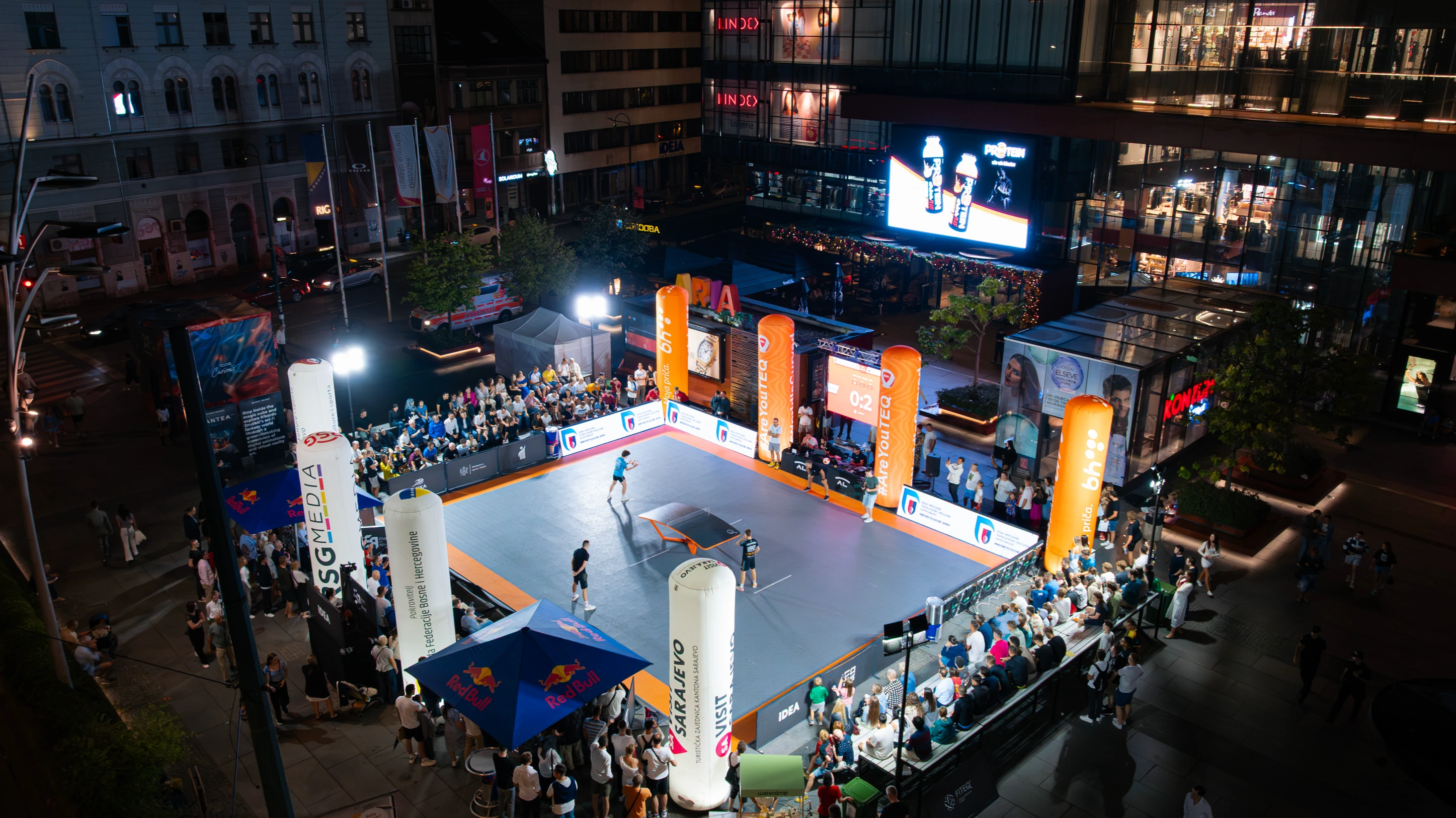 08.17.2025
08.17.2025ATL - Multiple peak moments in Sarajevo
READ MOREchevron_right 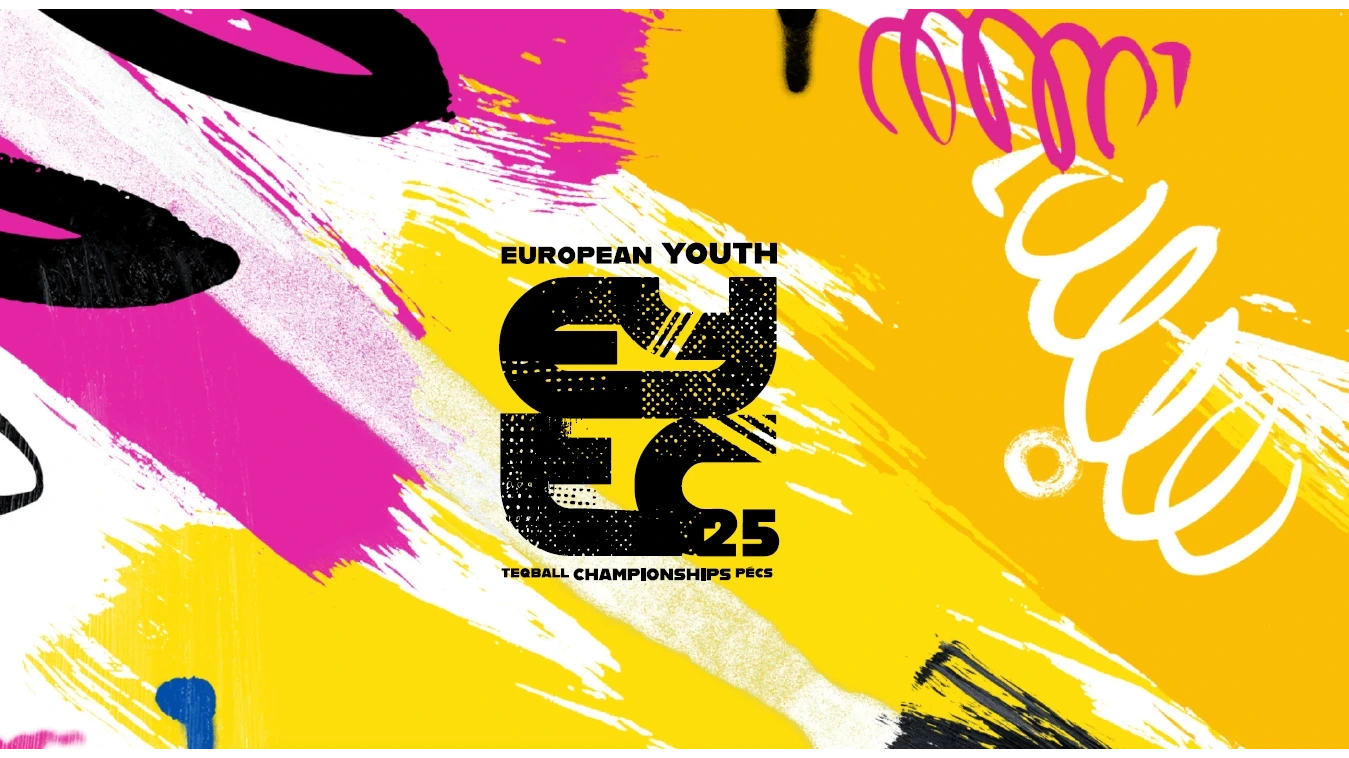 08.15.2025
08.15.2025EYTC - History is about to be made
READ MOREchevron_right 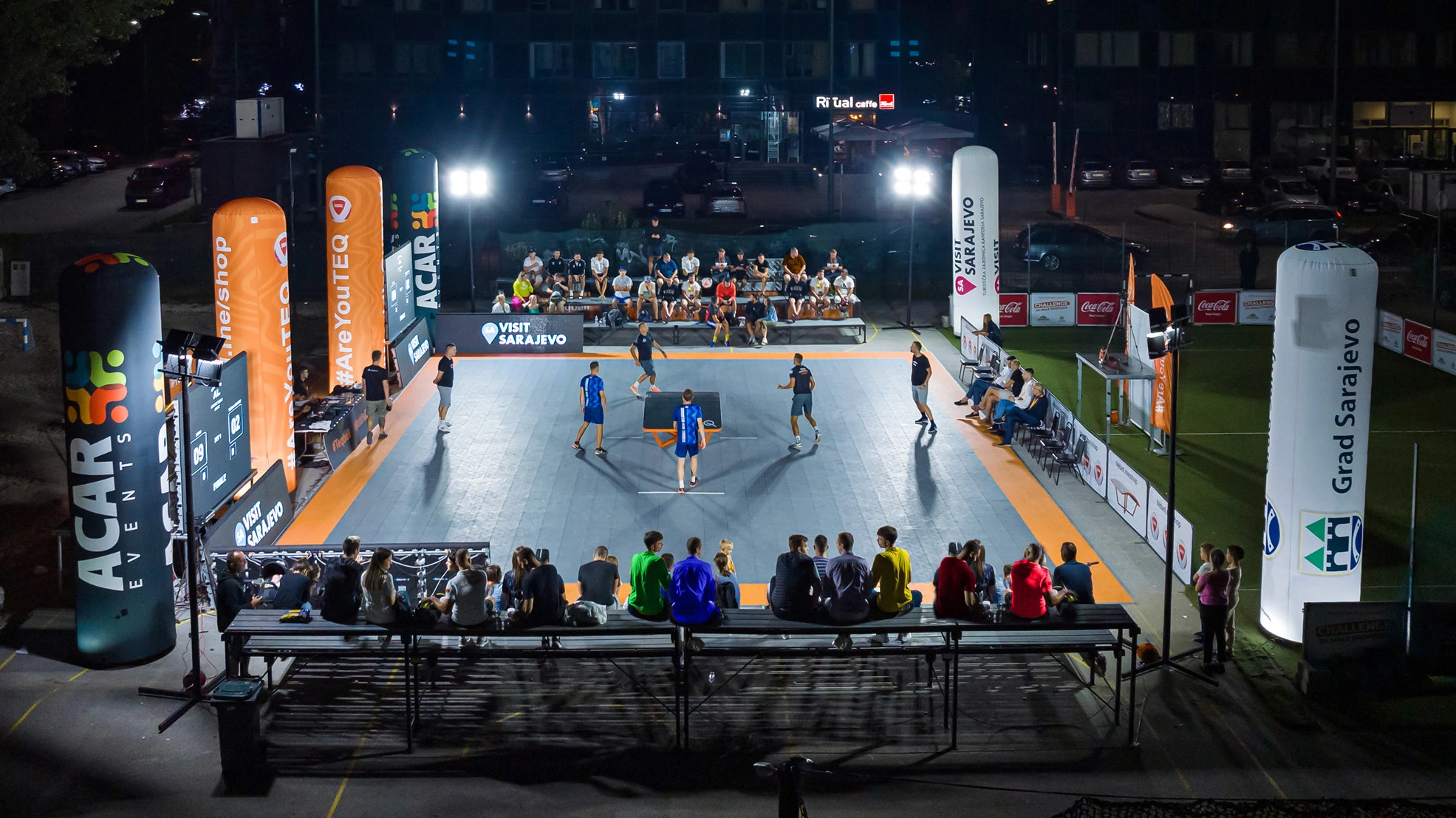 08.13.2025
08.13.2025ATL - Sarajevo hosts the third stop
READ MOREchevron_right 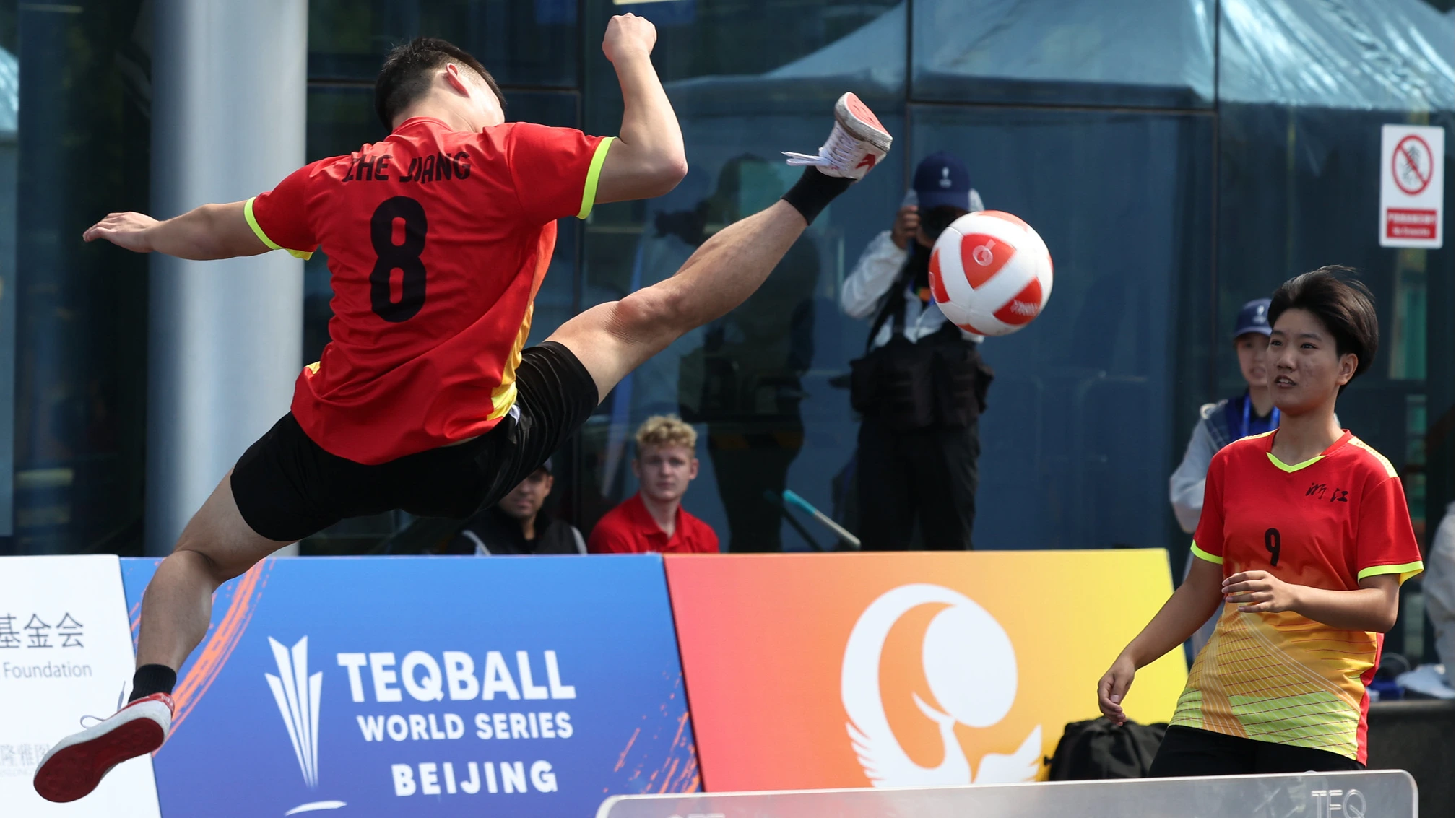 08.12.2025
08.12.2025Beijing hosts Teqball World Series after the 2024...
READ MOREchevron_right
Loading...